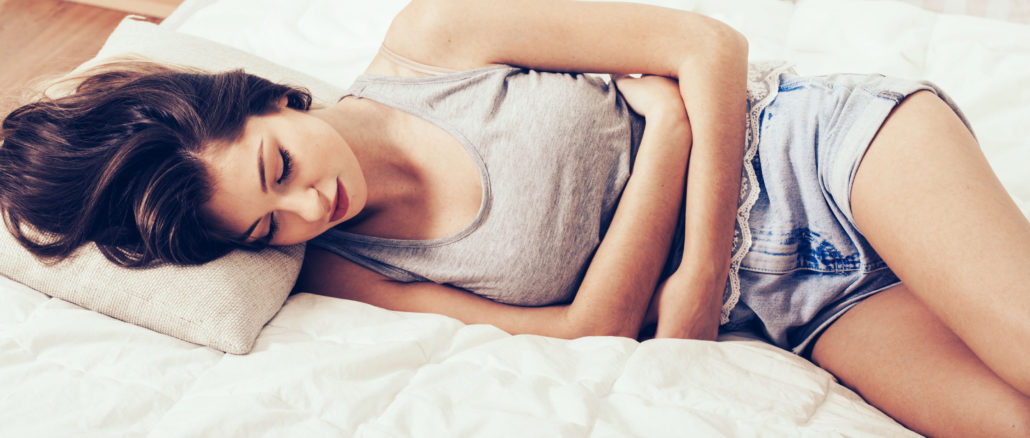
Periods can be a pain – figuratively and for many women, literally. Unfortunately, period cramps are very common for women of all ages, whether they’re in their early teenage years or nearing middle age. While the majority of us know of discomfort, bloating and cramping associated with periods, there are many women who suffer from extreme pain. A condition that affects approximately 700,000 Australian women is endometriosis.
Endometriosis is often ignored by the public and sufferers, simply because they’re unaware of the condition, so much so the Federal Government has recently announced a draft National Action Plan for endometriosis. The draft report will focus on three areas – awareness and education, clinical management and care and research.
So, what should you know about endometriosis? The experts from home doctor service, House Call Doctor Brisbane discuss the condition.
What Is Endometriosis?
Endometriosis occurs when the endometrium, the inner lining of the uterus, is located outside of the uterus. It is generally found in the pelvis cavity but the lining can also attach to reproductive organs, including the ovaries and fallopian tubes. There are no known causes of the condition and unfortunately, endometriosis is often unrecognised or misdiagnosed.
What Are the Symptoms?
If you are experiencing any of the below symptoms, it is recommended you see your doctor.
The most common symptoms of endometriosis are:
- Unusually long periods
- Heavy menstrual flow
- Fatigue
- Nausea or vomiting
- Infertility
- Extreme period cramps
Who Does It Normally Affect?
There is a myth surrounding endometriosis that it only affects women who are over the age of 20. This is false – it can occur from a young woman’s first period, but those aged between 25 and 35 are most at risk of endometriosis.
Can It Be Prevented?
There are ways to reduce the chances of endometriosis developing. One way is by lowering the levels of oestrogen in the body, as the hormone can help to thicken the uterus lining, particularly during the menstrual cycle. This can be achieved in multiple ways, including:
- Hormonal birth control methods, such as choosing a contraceptive pill with a lower dose of oestrogen. Discuss with your doctor what is the safest method for your body.
- Avoid large consumption of caffeine and alcohol as they are known to increase oestrogen levels.
- Exercise regularly to lower your body fat which will also lower oestrogen circulating throughout the body.
Is There Any Cure?
There is no cure for endometriosis, however there are treatments to relieve or lessen the pain.
Discuss these options with your doctor. Some include:
- Simple pain relievers, such as paracetamol.
- Hormonal treatments, including the pill.
- Surgery which may include hysterectomy or keyhole surgery. The extent of these surgeries vary and can range from cutting away the endometriosis to removing the uterus altogether.
SheSociety is a site for the women of Australia to share our stories, our experiences, shared learnings and opportunities to connect.

Leave a Reply